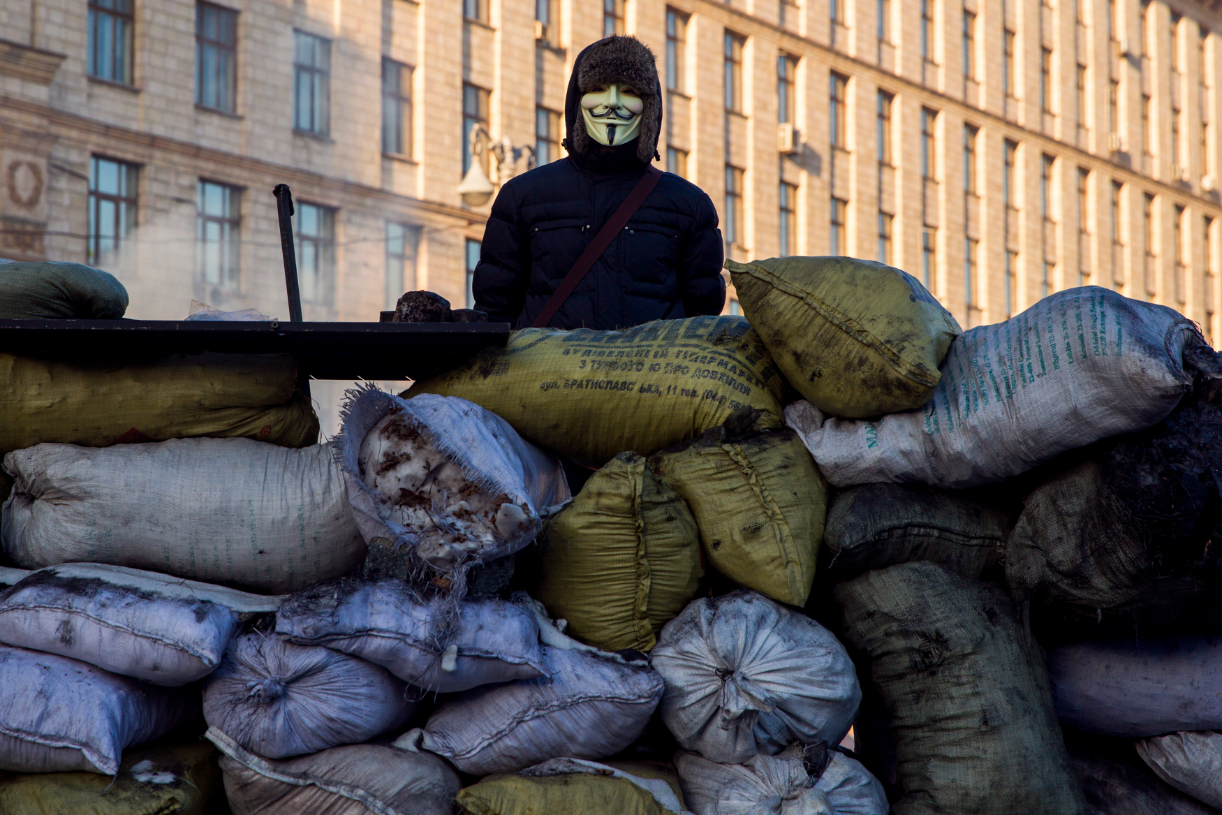While the Western world struggles with rising grocery bills and gas prices, the economy of the dark web—the digital black market—is chugging along as usual.
Inflation doesn’t seem to have hit the internet’s criminal underground—not yet, anyway. The war in Ukraine hasn’t registered much, either. Even the recent plummet in the value of cryptocurrencies—the dark web’s currency of choice—hasn’t affected business.
We have not discovered a rise in any prices of underground commodities. Compromised credit cards, for example, are selling on dark websites for less than they did a year ago, according to Cybersixgill’s research.
The price of a gram of cocaine has remained fairly stable since the start of the year, with a median price of around $80 per gram.
And even in the wake of some $700 billion in losses from the recent crypto market crash, criminals in the internet underground seem unfazed. They demand payment in cryptocurrency but generally list the prices of their goods and services in dollars, so they aren’t subject to the ups and downs of the volatile crypto market.
Crime Doesn’t Pay?
A dip, or even plummet, in crypto prices isn’t going to eliminate major cybercrime groups. Reserves in both crypto and fiat would most likely protect them from a single currency’s changing value. And their profit margins are so large that they can shrug off other, higher costs of doing business.
Even so, there are three trends that might affect the cybercriminal landscape:
Crypto collapse: The crypto market crash wiped $700 billion from the economy, as we’ve already noted. Cryptocurrency has always been unpredictable and volatile. We don’t know whether it will rebound, hold steady around current values, or continue to decline.
If the crypto crash descends so deep that cryptocurrency becomes essentially worthless; if it affects trust in the system overall; or if the global infrastructure of wallets and exchanges collapses, the dark web could experience an existential change.
Being able to move money anonymously around the world is critical to the very existence of cybercrime and the dark web. The entire cybercriminal enterprise would slow down markedly without this ability.
Economic recession: Malicious actors often tie ransom to the revenue of the business they’re attacking. So if an economic downturn causes enterprises to earn less, ransom payments might go down. Earning less per victim might cause them to further step up the number of attempted attacks.
Russia’s war in Ukraine: Russia generally allows cybercriminals to act freely as long as they do not attack Russian citizens. The government also has used cybercriminals to collect intelligence.
Have Russian cybercriminals been enlisted to use their hacking skills to back the Russian war effort? How much has the war affected relationships between Russian and Ukrainian cybercrime collaborators? We wonder what the lingering effects of the war will be on Russian and Ukrainian criminal activities.
What we do know is that many people turn to cybercrime because it pays. Tech layoffs, slowing economies, crypto losses, and a Russia in tatters from a protracted war all point to a growing army of disenfranchised people with technology skills—people who will do what it takes to feed themselves and their families. And the more people who enter the cybercrime community, the more cybercrime we’re likely to see.
Inflation isn’t yet occurring on the dark web, but that’s not to say it won’t. When the last global economic downturn occurred in 2008, the dark web didn’t exist as it does today, so we have no precedent to guide our expectations. Perhaps the underground will respond to what’s happening, but with a delay.
Monitoring the chatter and the trends on the dark web is critically important, perhaps now more than ever. Nothing is stable, including the currency the dark web community relies upon.
Using threat intelligence tools that can access the dark and deep web is a must for any enterprise. With the ability to peer into the cybercrime underground, you’ll see what’s happening as it occurs and fend off threats proactively rather than merely waiting for breach attempts and attacks.
For leading organizations today, threat intelligence is a must for early, real-time visibility. Only a few solutions can access the dark web, however. To find threats before they find you, the dark web is where you need to be.
Dov Lerner is Security Research Lead at Cybersixgill.
Image: Reuters
Read More: news.google.com









 XSGD
XSGD  zkRace
zkRace  Vertex
Vertex  Numbers Protocol
Numbers Protocol  GATSBY
GATSBY  GOUT
GOUT  ShapeShift FOX
ShapeShift FOX  BILLION•DOLLAR•CAT (Runes)
BILLION•DOLLAR•CAT (Runes)  Giko Cat
Giko Cat  OctaSpace
OctaSpace  XPR Network
XPR Network  Clore.ai
Clore.ai  Kishu Inu
Kishu Inu  GameFi.org
GameFi.org  Hoppy
Hoppy  XT.com
XT.com  BIM
BIM  Maya Protocol
Maya Protocol  PAID
PAID  cUSDC
cUSDC  Sturdy
Sturdy  Binance-Peg DAI
Binance-Peg DAI  Snowbank
Snowbank  Shardus
Shardus  Everscale
Everscale  Boson Protocol
Boson Protocol  UFO Token
UFO Token  Rifampicin
Rifampicin  DexTools
DexTools  TROY
TROY  Step Finance
Step Finance  Solv Protocol SolvBTC.CORE
Solv Protocol SolvBTC.CORE  GoGoPool ggAVAX
GoGoPool ggAVAX  Ethervista
Ethervista  A Hunters Dream
A Hunters Dream  Streamr
Streamr  Synternet
Synternet  Propchain
Propchain  FLOCK
FLOCK  Saros
Saros  AXOL
AXOL  district0x
district0x  Tranchess
Tranchess  cBAT
cBAT  CargoX
CargoX  Rich Quack
Rich Quack  Biswap
Biswap